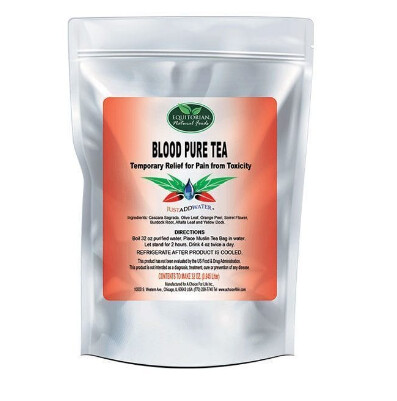Herbal Supplements in Chicago, IL
A CHOICE FOR LIFE
HOLISTIC WELLNESS CENTER
This facility is closed.
All Colon Hydrotherapy
sessions are temporarily paused until
we relocate to a suitable facility.
You will be notified as soon as relocation is complete
via text, email and on this website.
We will notify you when we are up and running
We honor all future sessions that you may substitute
in the meantime for our popular
Cleansing and Detox Products sold online or delivered.
To substitute or exchange call (773) 239-7740. You must leave a
message or send an email to: info@achoice4life.com.
We cannot respond to missed calls.
Sorry for the inconvenience.

Featured Products
Live. Life. Well.

Simple instructions included in the box on how to prepare your detox
WHAT SOME OF OUR CLIENTS SAY
"These are some of the best detox teas that I ever had and I will do it again."
- William G. Farley Somerset, IA
"My migraines stopped after I cleansed with the Level Two detox system."
- Simone T., Ft. Lauderdale, FL
"I lost 15 pounds doing the Level One detox twice in a row. Awesome stuff!"
- Jackie M., San Francisco, CA













